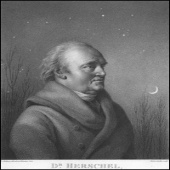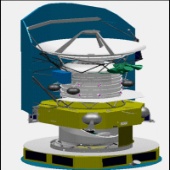ESA Science & Technology - News Archive
News archive
News archive
Published: 13 December 2000
Published: 11 December 2000
Published: 5 December 2000
Published: 5 April 2000
Published: 1 June 1999
Published: 10 March 1999
Published: 4 January 1999
Published: 15 July 1998
Published: 25 June 1998
Published: 4 June 1998
—
20 Items per Page









